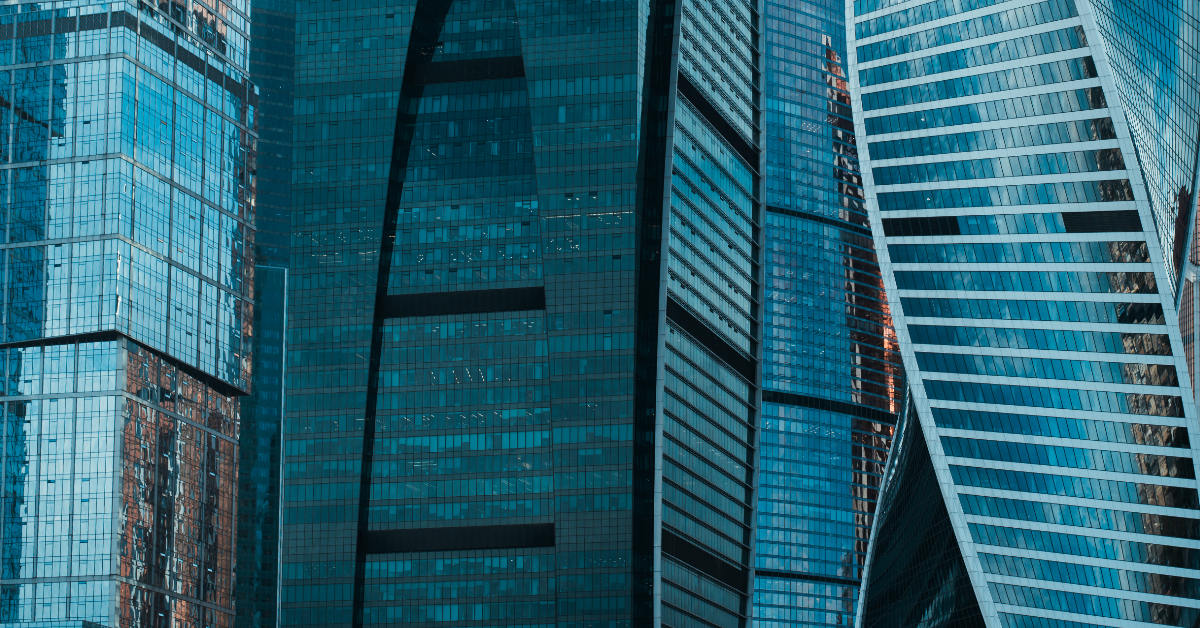How are sustainable buildings designed? Is the reduction of energy consumption the only parameter to be considered for the contraction of greenhouse gas emissions? What is the role of flat glass in the dissemination of green solutions for the building sector?
In this perspective, the assiduous awareness work carried out by Glass for Europe, the trade association of the European flat glass industry, is crucial.
As stated in Glass for Europe’s vision, flat glass represents an indispensable high-tech material for the “safety, comfort and performance” of buildings. But what are the parameters involved in decarbonizing the building sector?
Embodied carbon and flat glass
The operational carbon of buildings, i.e., that generated by heating and air-conditioning systems, has already been the focus of policies directed toward achieving carbon neutrality for years.
Instead, attention is now focusing on embodied carbon, an indicator that assesses a building’s performance based on greenhouse gas emissions from the production, transport, installation, maintenance, and disposal of building materials.
Each project requires a complete and correct assessment of the many specifics that distinguish it: the geographical location, the design methods, the components aimed at insulation, and the materials chosen. Indeed, these elements directly affect the energy efficiency of buildings.
However, in assessing the entire life cycle of the building, flat glass plays a highly strategic role in reducing the carbon footprint.
To understand the actual contribution of flat glass for sustainable buildings, Glass for Europe prepared a Q&A document, structured around three main questions:
- can a building with large areas of glazing be energy efficient?
- Can the large quantities of glass used in some skyscrapers be produced with minimal CO2 emissions?
- Considering all environmental impacts, can buildings made with a lot of glass be considered sustainable?
Find out the answers here: https://glassforeurope.com/sustainable-buildings/#1709571134766-99eea3ce-79f8
Source: glassforeurope.com


